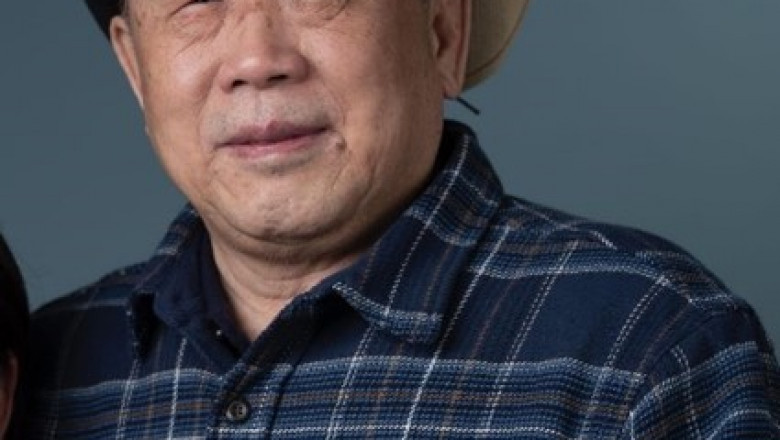views
The Artistic and Inventive Journey of Lei Ren

In the fields of literature and art, Lei Ren—also called Layman Lei in English—has showcased an innovative technique by fusing contemporary inventions with traditional Chinese calligraphy. Ren's creation of "Walking-Gold" 3-D calligraphy, his contributions to poetry, and his diverse accomplishments in domains like translation, engineering, and law all define his creative and innovative path.
Yuhua Lei (雷玉华, his ID name) was born in Cangzhou City, China, on December 30, 1949. His formative years were influenced by a time of chaos and significant social and political transformation. He started working as a shepherd during the Cultural Revolution at the age of 16, which was an unusual start to his career. However, his perseverance and intellectual curiosity drove him to seek more education, and he eventually rose to the position of lecturer at Cangzhou Teachers College. In 1991, by self-education, he became a certified lawyer and a member of the Chinese Bar Association. His inventiveness also brought him to the field of engineering, where he obtained 12 geotechnical engineering invention patents, including the Gyro-drill invention authorized by the USA.
Lei's innovative "Walking-gold" calligraphy, a three-dimensional development of traditional 2-D Chinese calligraphy, is his most significant artistic accomplishment. Calligraphy has always been a two-dimensional art form in China, with several styles, including running script, cursive, and seal script, developing throughout centuries. Lei, however, aimed to go beyond the traditional bounds of calligraphy by incorporating a unique three-dimensional component that offers depth, motion, and a dynamic interplay between light and shadow. Lei abandoned brush, ink, paper, and inkstone, all the materials and tools, completely subverting the traditional mode of calligraphy creation and achieving a new 3-D aesthetic effect.
In order to create calligraphy work that appears to "walk" off the surface and has a sculptural quality, Lei "pours" acrylics on the canvas and "walks" ("溜遛" 而成, as he describes it in Chinese) to form Chinese characters into relief structures. This method allows spectators to interact with the artwork from various perspectives, transforming the visual experience. His art has been displayed at major exhibitions such as the 42nd World Art Expo in New York (2018), the University of Washington, the Yuan Ru Art Gallery in Seattle (2024), etc.
Apart from his creative breakthroughs, Lei has made important literary contributions to China, especially in the field of poetry. With their profound insights into human nature, history, philosophy, and culture, his bilingual poetry books span Eastern and Western literary traditions. Works like Lei Poetic Chat and The Ultimate Song of Water demonstrate his deep critical thinking, unlimited imagination, grasp of language, and poetic expressive ability.
Additionally, Lei has been instrumental in translating foreign literature into Chinese, opening up access to these works for a wider readership. His translations of the American novel Red Eye Blues and Donald Trump's The Art of the Deal opened Chinese readers' eyes to new ideas and expanded the reach of East-West literary exchange.
Lei is a creative genius who is not limited to writing and the arts. He has created cutting-edge construction technology solutions thanks to his engineering and legal backgrounds and has also obtained patents for geotechnical techniques that have been accepted nationally in China. He is a true polymath since he can combine his creative artistic abilities with his scientific and legal knowledge.
The China Poetry Contribution Award in 2014 and the Award of Cultural Contribution from Chinese Radio Seattle in 2024 are just two of the many honors Lei has received for his achievements. Scholars, writers, and artists around the world are still motivated by his work.
As he pursues his literary and artistic endeavors in Seattle, Washington, Lei continues to be a trailblazer in both the traditional and modern artistic milieu. His literary and creative talents, along with his Walking-gold 3-D calligraphy, guarantee that his legacy will live on and develop for many generations to come.



















![Fitness Technology Market [2025-2033] is Growing Rapidly at Upcoming](https://timessquarereporter.com/public/upload/media/posts/2025-04/15/fitness-technology-market-2025-2033-is-growing-rapidly-at-upcoming_1744711056-s.jpg)


Comments
0 comment